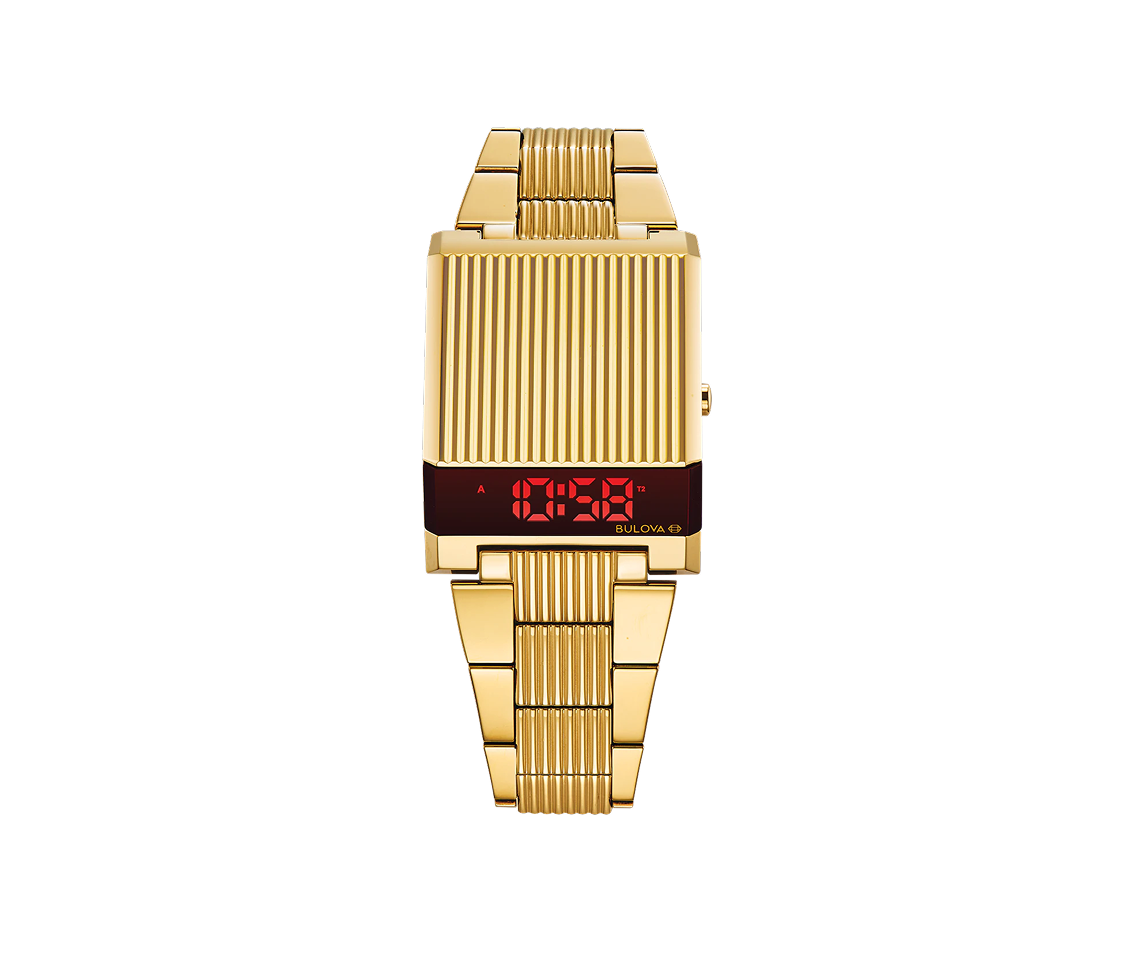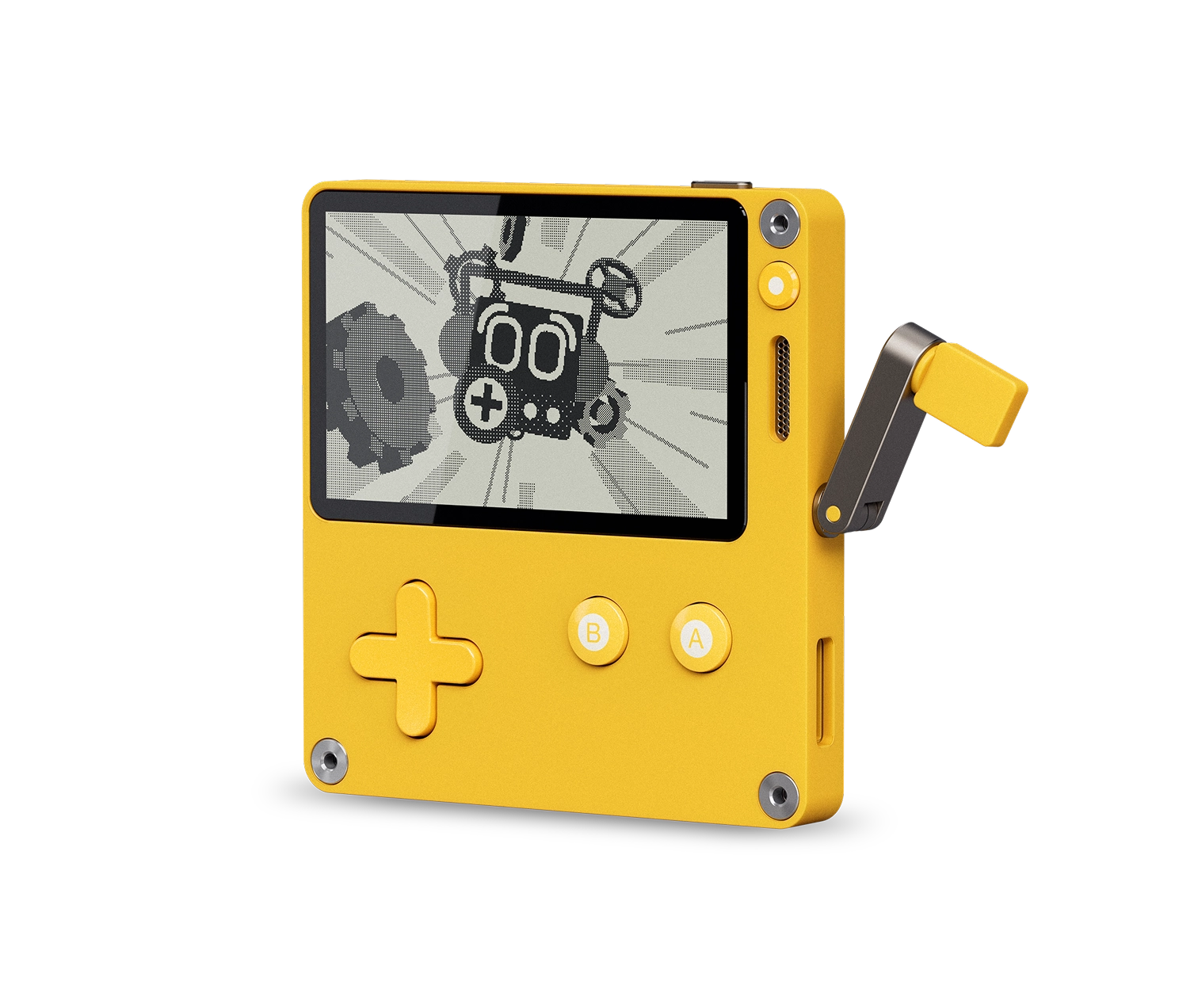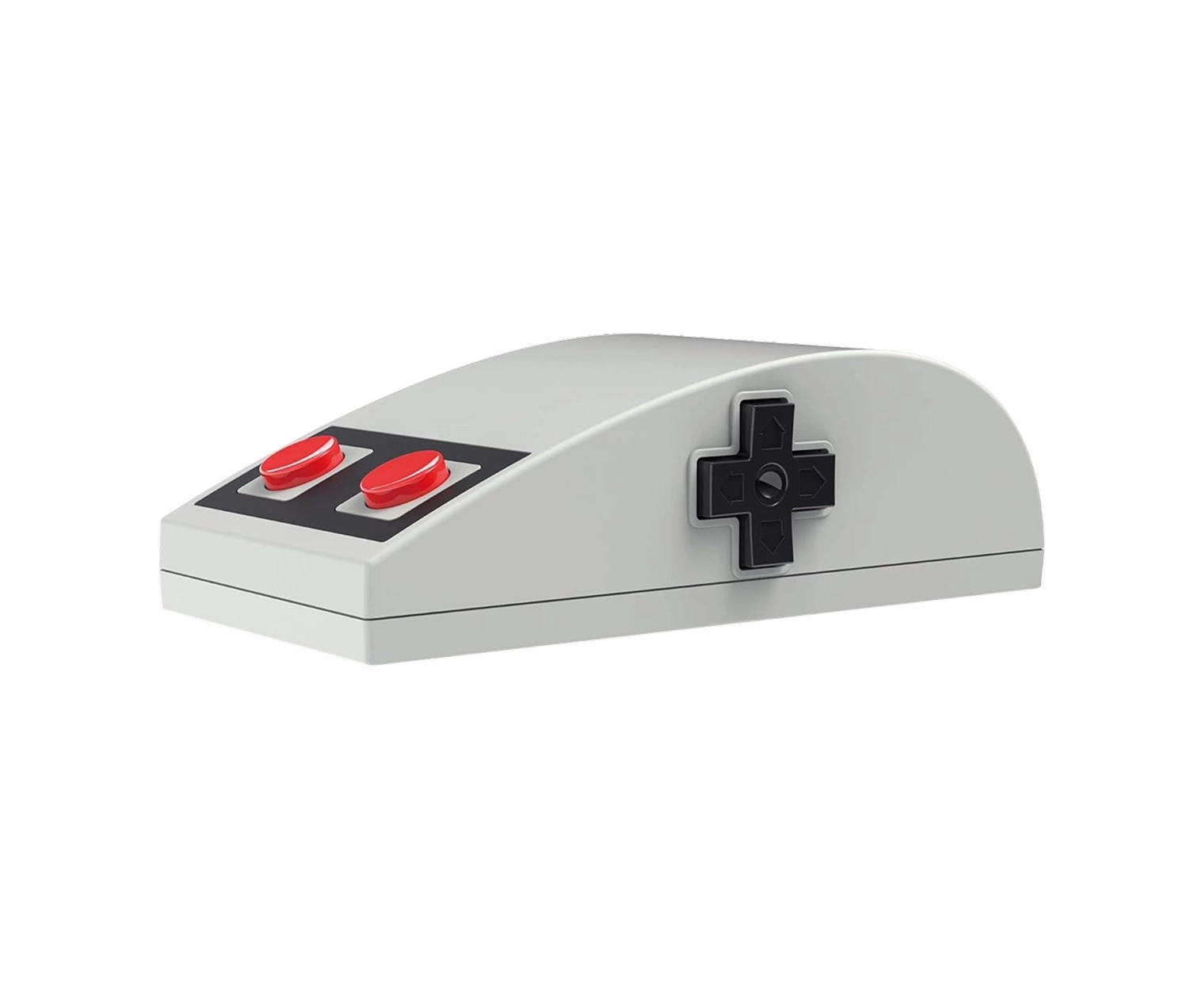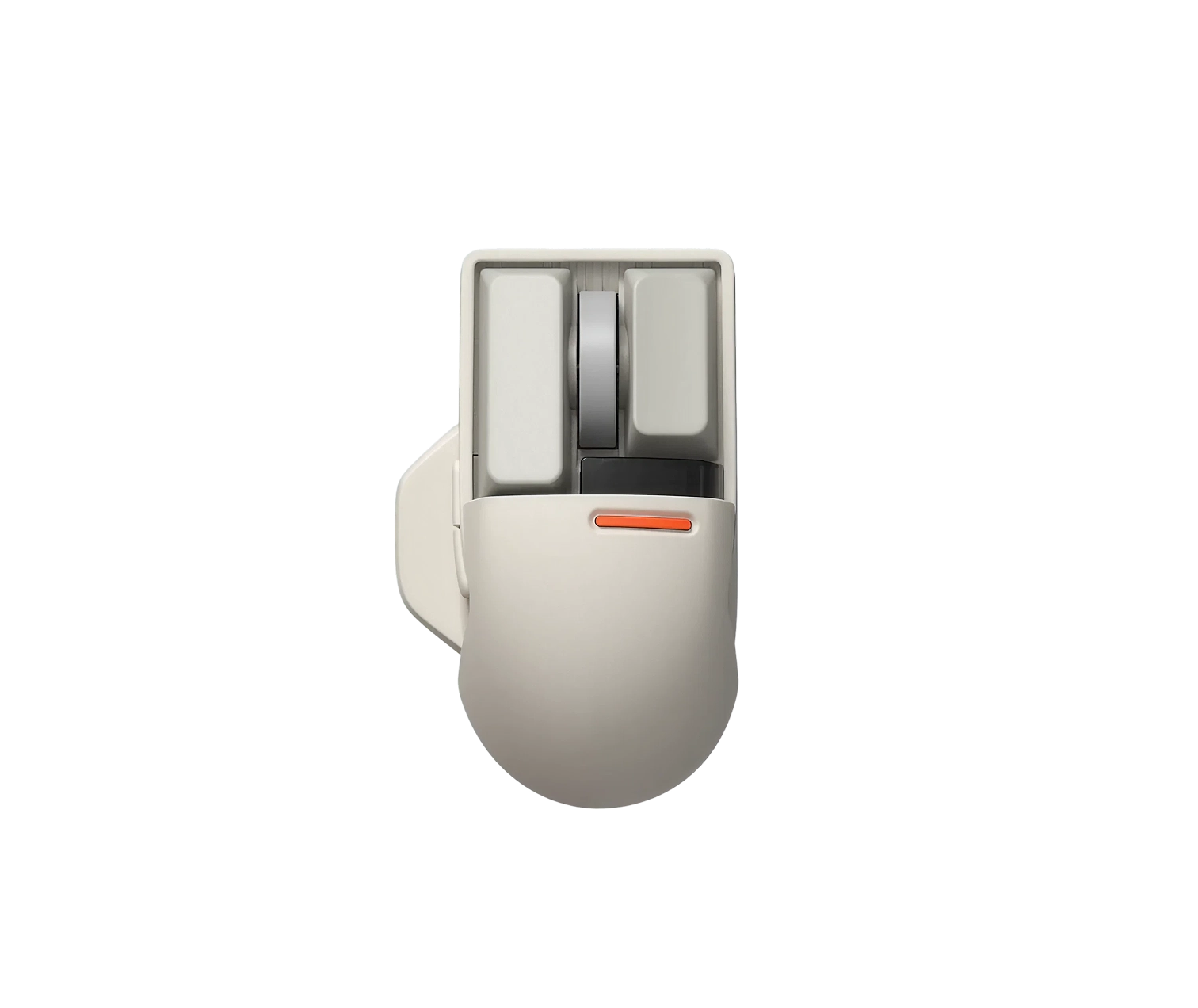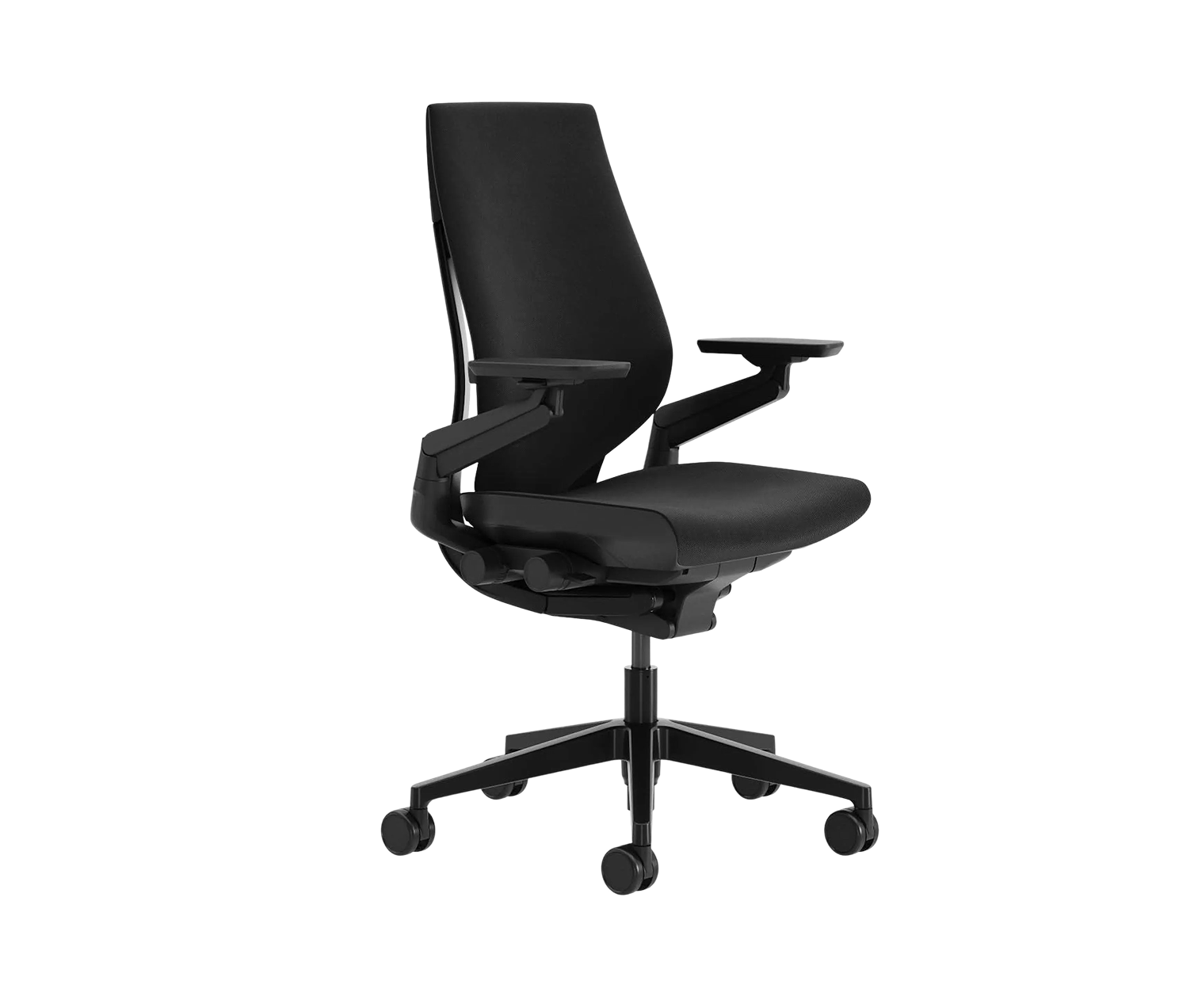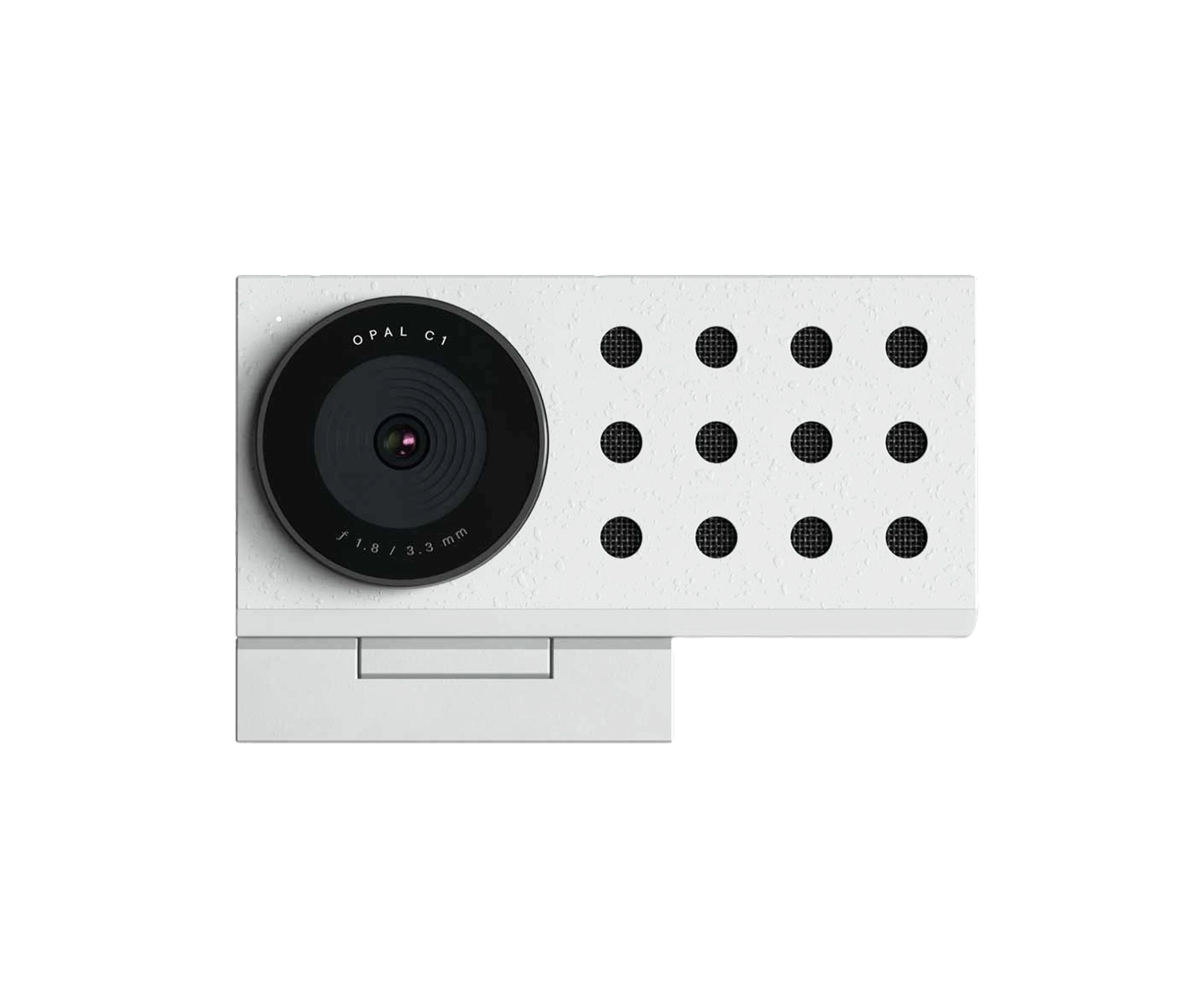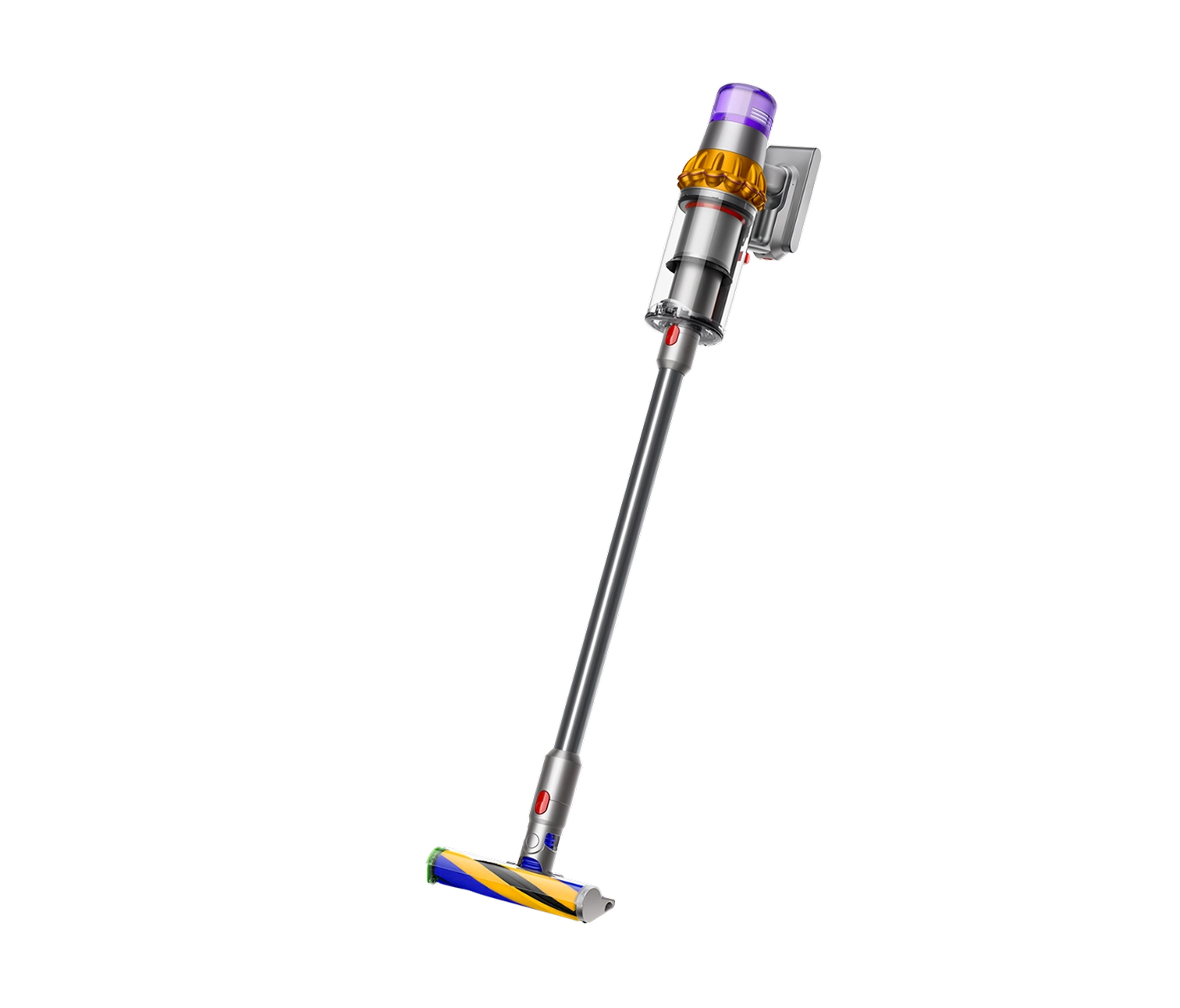Nov 3, 2025
·
·
Retro design is more than nostalgia. It is a return to an era when technology was honest about what it did. The late 1980s were the golden years of functional optimism, a time when products felt tactile, purposeful, and quietly futuristic.
Modern technology moves fast, but it rarely feels warm. The devices below are an exception. They merge old-school aesthetics with contemporary performance, combining simplicity, personality, and craft. Each piece recalls the days when gadgets were built to last, screens had character, and interaction felt deliberate.
This is not a tribute to the past but a reminder of what good design has always been: clear, playful, and enduring.
Playdate Console – $229

Few objects balance charm and precision like the Playdate's Console. It is small, bright, and cheerfully deliberate. Its square form and yellow finish make it feel more like a design object than a gaming device.
Instead of chasing realism, it embraces simplicity. Its monochrome display, compact controls, and signature hand crank return gaming to something tactile and immediate. The crank controls movement and time within games, creating a physical connection between the player and the story.
It rewards patience. Each week, new games appear automatically over Wi-Fi. You do not choose them or download them. They arrive like small surprises, one at a time. It is a deliberate rejection of endless choice.
N30 Wireless Mouse – $25

The N30 Mouse by 8BitDo reinterprets the shape of the original Nintendo controller and turns it into something practical.
Its red buttons, flat surface, and compact form capture the visual honesty of early gaming. The proportions are unashamedly boxy, the geometry pure. Every line feels intentional. In the hand, it feels surprisingly current. The matte finish has the right amount of friction, the click sound is crisp but never sharp. There are no RGB lights, no unnecessary gestures. It is a mouse that values what it is over what it could imitate.
The N30 bridges the language of play and work. It recalls the excitement of the first console while fitting seamlessly beside a laptop. It is retro in form but entirely modern in purpose.
Retro 67 – $69

The Retro 67 by Sharge brings personality back to something usually ignored. A charger is rarely considered part of a workspace aesthetic. Yet here, design takes center stage.
The Retro 67 is shaped like a miniature Macintosh monitor. It stands upright, its surface matte and inviting, its front panel softly glowing when in use. Three ports rest neatly on top, balancing utility with proportion. The design recalls a time when technology invited touch rather than resisted it.
Its small vents, rounded edges, and beige-toned casing evoke the optimism of early computing. Underneath, it is entirely contemporary. GaN technology ensures fast, cool charging for laptops, tablets, and phones.
Computron – $288

The Bulova Computron represents the optimism of the early digital era.
Its body is sculpted rather than assembled. Angled surfaces catch light like architecture, while the slim red LED window displays time in a glow that feels precise, not nostalgic. It is both jewelry and instrument. You press a button, and the numerals appear. A moment later, they vanish. That brief illumination creates a rhythm that feels human. There is anticipation, response, and silence. The watch does not demand your attention; it waits for you to ask.
Originally released in 1976, the Computron continues to feel contemporary because it was never about fashion. It was about honesty. It embodies the confidence of an era that believed in clarity.
Touch Tri-Mode Wireless Mouse – $75

The Touch Tri-Mode Mouse by Lofree captures the human side of computing.
Its rounded silhouette and muted off-white finish recall early Apple hardware and the industrial harmony of Braun design. The shape is balanced, almost architectural, yet inviting to hold. The orange scroll wheel adds a quiet sense of confidence.
The mouse connects through Bluetooth, USB-C, or 2.4G wireless. It switches between devices effortlessly. Every movement is precise but never rushed. There is a calmness to its interaction that feels intentional.
Why retro tech still feels like the future
Retro technology is not about imitation. It is about endurance. The reason these objects resonate is because they were designed during a time when interaction was still tactile and intentional. You pressed, turned, or switched. Each gesture meant something.
Modern design often hides its purpose behind smoothness. The retro aesthetic reveals it. It makes the user part of the experience again. The Playdate Console engages the hand. The Computron engages the eye. The N30 Mouse engages memory.
Retro design feels new precisely because it was never loud. It asks to be noticed quietly, not through marketing, but through use. These pieces do not compete for attention. They hold it through familiarity and form.
Design that lasts always finds its way back.
